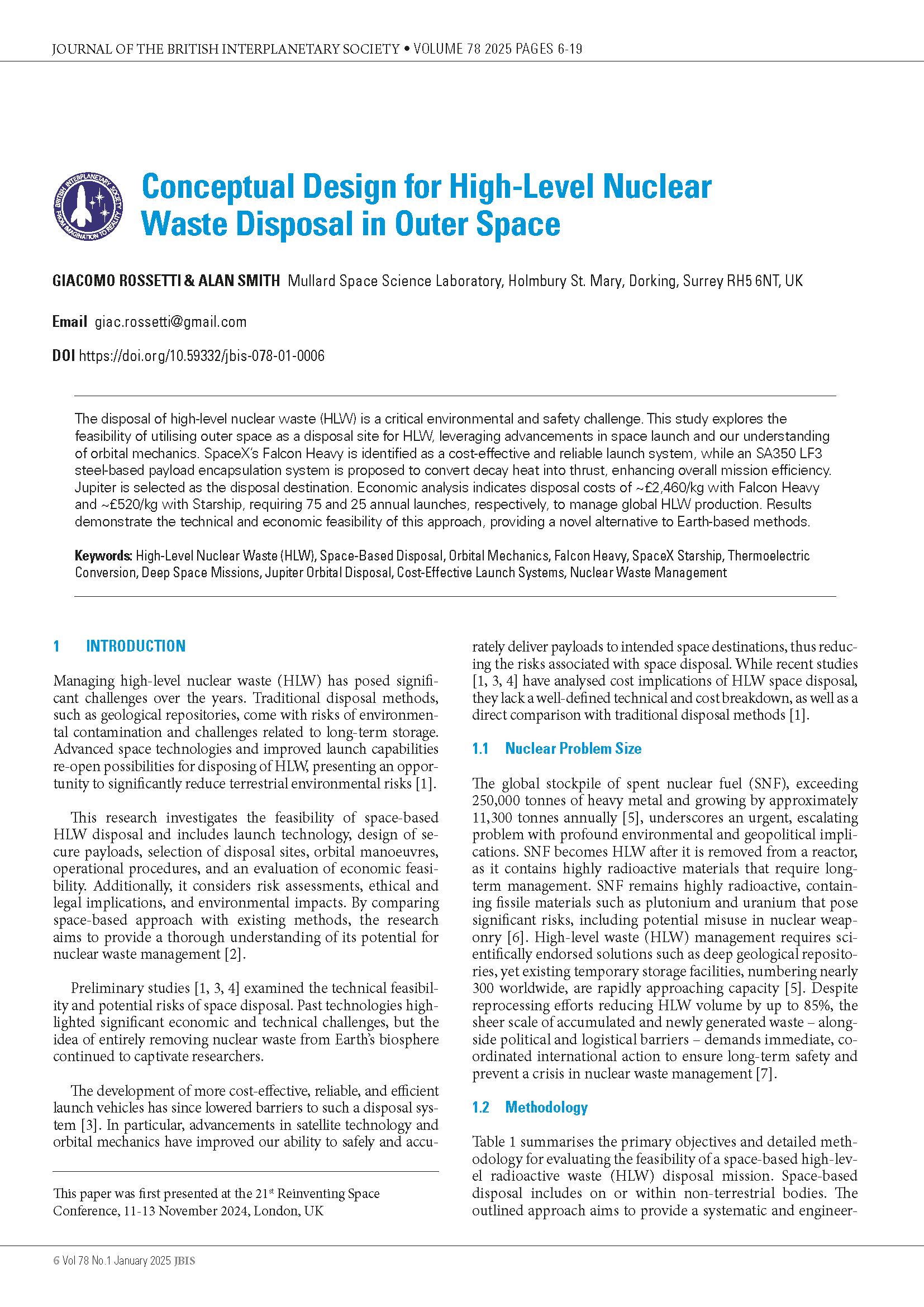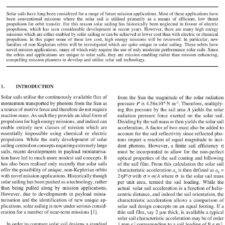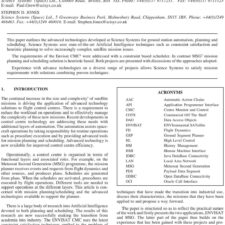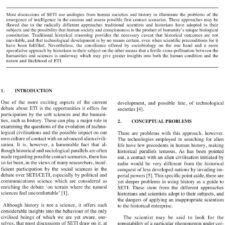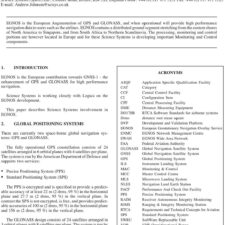Conceptual Design for High-Level Nuclear Waste Disposal in Outer Space
£5.00
Giacomo Rossetti & Alan Smith
2025.78.0006
DOI: https://doi.org/10.59332/jbis-078-01-0006
The disposal of high-level nuclear waste (HLW) is a critical environmental and safety challenge. This study explores the feasibility of utilising outer space as a disposal site for HLW, leveraging advancements in space launch and our understanding of orbital mechanics. SpaceX’s Falcon Heavy is identified as a cost-effective and reliable launch system, while an SA350 LF3 steel-based payload encapsulation system is proposed to convert decay heat into thrust, enhancing overall mission efficiency. Jupiter is selected as the disposal destination. Economic analysis indicates disposal costs of ~£2,460/kg with Falcon Heavy and ~£520/kg with Starship, requiring 75 and 25 annual launches, respectively, to manage global HLW production. Results demonstrate the technical and economic feasibility of this approach, providing a novel alternative to Earth-based methods.
Keywords: High-Level Nuclear Waste (HLW), Space-Based Disposal, Orbital Mechanics, Falcon Heavy, SpaceX Starship, Thermoelectric
Conversion, Deep Space Missions, Jupiter Orbital Disposal, Cost-Effective Launch Systems, Nuclear Waste Management

